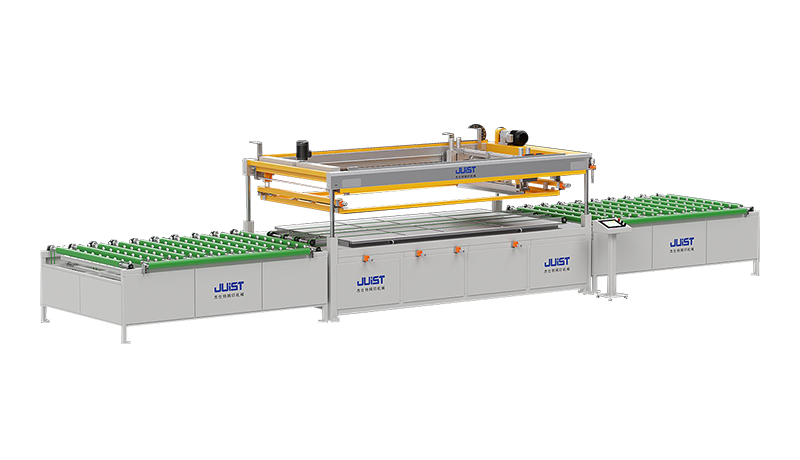+86-519-83387581
In today's manufacturing industry, automatic photovoltaic glass screen printing machines have become indispensable production equipment in many industries with their high efficiency and precision. However, how to ensure the stability and reliability of equipment and reduce downtime during long-term and high-intensity operation has become a major challenge facing enterprises.
Data analysis: a tool for predictive maintenance
During the operation of the automatic photovoltaic glass screen printing machine, a large amount of operation data will be generated. These data are like the "health file" of the equipment, recording every action, every adjustment and potential abnormalities of the equipment. By collecting and analyzing these data, we can gain insight into the operating status of the equipment and identify potential failure modes and causes.
The first step in data analysis is data collection. This requires us to install sensors at key parts of the equipment to monitor the operating parameters of the equipment in real time, such as temperature, pressure, speed, etc. These data are transmitted to the central control system through data lines to form a huge data set. Next, using advanced data analysis tools, we can deeply mine these data and find the correlation and regularity between the data.
Through data analysis, we can identify potential hidden dangers of the equipment in advance. For example, when the data of a certain sensor fluctuates abnormally, it may indicate that the component is about to fail. At this time, we can take preventive measures in advance, such as replacing parts, adjusting parameters, etc., to avoid sudden shutdown of the equipment during the production process, causing production interruptions and losses.
Regular calibration: the cornerstone of ensuring accuracy and stability
In addition to data analysis, regular calibration is also an important means to ensure the stability and reliability of the automatic photovoltaic glass screen printing machine. During long-term operation, the sensors and control systems of the equipment may drift or deviate for various reasons, resulting in reduced measurement and control accuracy.
Regular calibration is to conduct a comprehensive inspection and adjustment of each sensor and control system of the equipment to ensure that their measurement and control accuracy meet the design requirements. During the calibration process, we will use standard calibration tools and methods to calibrate each key component of the equipment one by one. For example, for pressure sensors, we will use pressure calibrators to simulate different pressure environments to verify whether the output of the sensor is accurate; for control systems, we will enter specific instructions to verify the response speed and accuracy of the system.
Regular calibration can not only ensure the measurement and control accuracy of the equipment, but also extend the service life of the equipment. By identifying and correcting equipment deviations promptly, we can avoid excessive wear and damage to equipment caused by prolonged inaccuracy.









